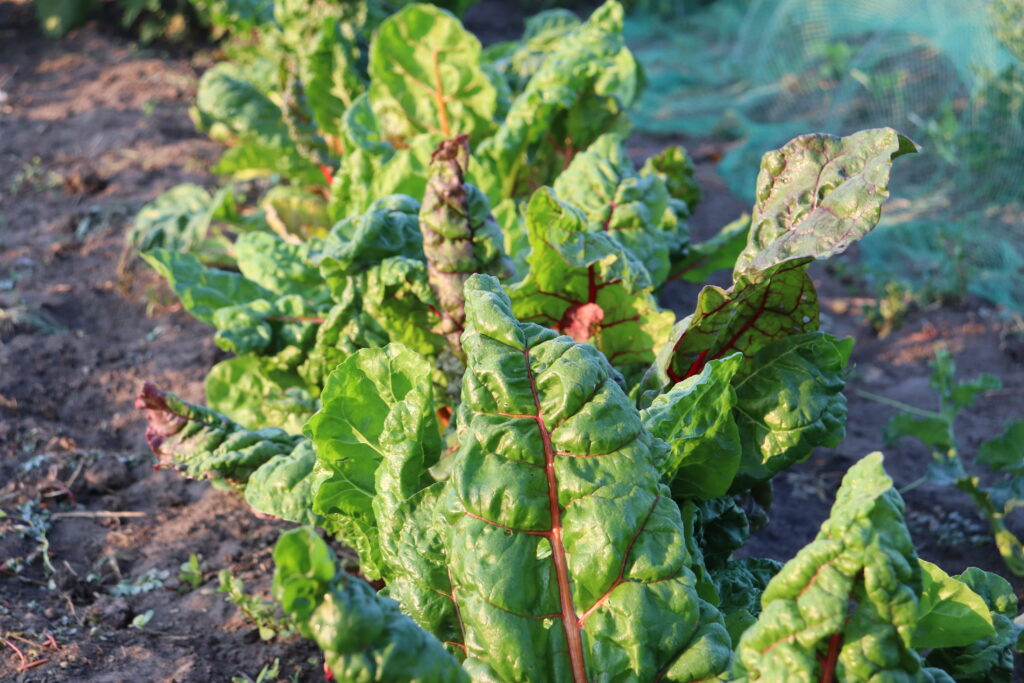
Most people are limited for some combination of time, space, and money. You might approach your vegetable garden (because of course you’re growing vegetables, you’re so practical) with the same mindset. This article will show you how to save on money, space and time by growing certain vegetable varieties.
How do you make the most of your garden if you have limited time?
What varieties do you grow to get the biggest yield if you only have a small space?
What should you grow to save the most money?
I pondered these questions as I gardened this summer. After consulting with other lifelong vegetable gardeners, let me share what we think are the most economical vegetables to include in your garden.
Grow these economical vegetables
Herbs
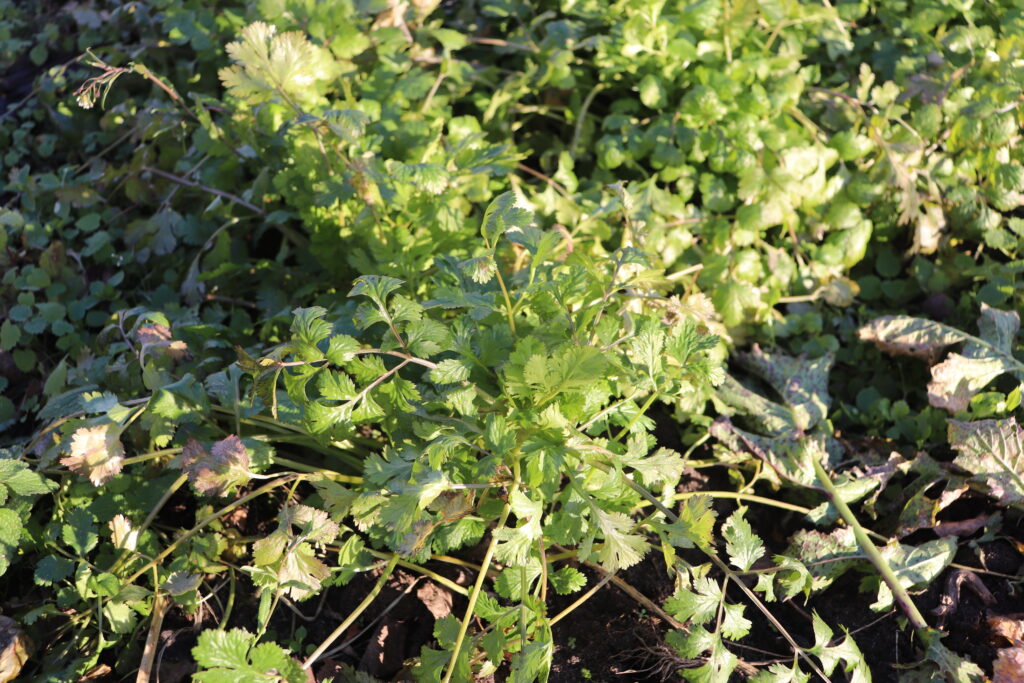
Cilantro in the November garden was planted in September. It will stay harvestable into December.
Our climate in southern Ontario is favourable for growing many perennial herbs and our season is long enough to enjoy many annual herbs as well. Oregano, tarragon, thyme, winter savory, chives, bronze fennel, sage all grow well in a sunny location with well-drained soil and come back year after year. In the garden, you can plant basil, cilantro, parsley, dill and enjoy them until frost (and even then, cilantro and parsley will be harvestable into winter).
Save money and the environment
Herbs are expensive to buy and they often come in plastic clamshells. In fact, for the price of 700 basil seeds, you can buy 28 g of basil from the store. Herbs, being enjoyed for their volatile oils, are best the moment they are picked. As you transport them into your kitchen, the typical plastic clamshell is replaced by your hand.
Save time: Big yield from little effort
Herbs, especially the perennial ones are not demanding. The year you plant them, they require some attention to make sure they do not dry out. In subsequent years, these plants grow without your help. Annual herbs can all be direct seeded into the garden soil and require consistent moisture to ensure they germinate and establish. Some benefit from starting indoors a few weeks before frost, like basil.
In all cases, once the plants are established, they yield an abundance of leaves for harvest. Since herbs are often used in small quantities in recipes, one plant can go a long way. The plants can be harvested in a cut-and-come-again style, or you could sacrifice the shoot and harvest all the leaves at once. With many ways to preserve your herb harvest (dry, freeze, oils), you will have herbs all year and save money, space, and time in the garden.
Tomatoes
Tomatoes are the reason many people have vegetable gardens. Those big and juicy fruits are the epitome of summer itself. If you are evaluating whether you should grow tomatoes in a practical garden, let me assure you that tomatoes are economical in many ways.
Save money
We know that tomatoes from our garden taste better than any other tomato you can buy. Tomatoes are one of the most consumed vegetables in Canada (Statistics Canada). Tomato seeds vary in cost depending on whether they are open-pollinated (sometimes called heirloom) or hybrid. Open-pollinated varieties are the most inexpensive. In seed catalogues, the most advanced hybrids were around $1 per seed. This seems like a lot, but consider that a single beefsteak tomato is about $1.75 currently in stores, and your single seed will produce many tomatoes.
Save time: Big yield for little time and space
Tomato plants come in different sizes as do the fruits. In most cases, the plants are high yielding if given enough sunshine and moisture. Only one plant is needed for fruit set and the plants can be grown in containers, staked, or determinate growth habit to economize space.
Peppers
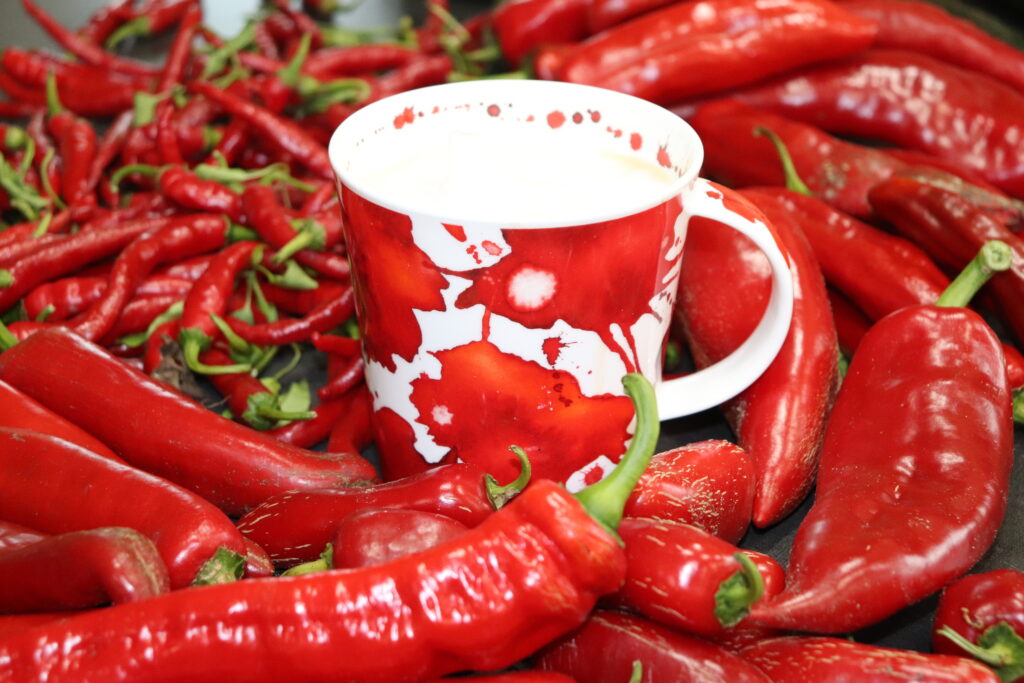
Peppers are diverse and prolific. Varieties are Jimmy Nardello frying pepper (centre bottom), paprika drying pepper (left front of cup), cayenne (top left), crimson hot for salsa (back right), Carmen and Ajvarski roasting peppers (right of cup), red jalapeno (front right). Cup is shown for size reference (also because it was pretty).
Save space with peppers
Most pepper plants are compact. The plants flower prolifically and if the weather conditions are ideal, lots of fruit is set. Sweet pepper fruits (Capsicum annuum) tend to be larger than hot pepper fruits (other Capsicum species) and because of this, there are fewer sweet peppers per plant than with hot peppers. However, a single hot pepper plant can provide enough peppers for an average person’s needs.
Peppers are generally easy to grow as they are pest and disease-free. Once the transplants are established, the plants are undemanding.
Save money
A vast assortment of pepper seeds is available for home gardeners. Currently, bell peppers are just over $2 to buy in stores, but bell pepper seeds range from just $0.10 to $0.50 per seed. Hot peppers are even greater savings as the seed isn’t more expensive than bell peppers, but the item in stores is typically more. Example: shishito peppers are $4 for half a pound in stores or $0.50 per seed. These plants are high-yielding, churning out an over-supply of green peppers all summer.
Eggplant
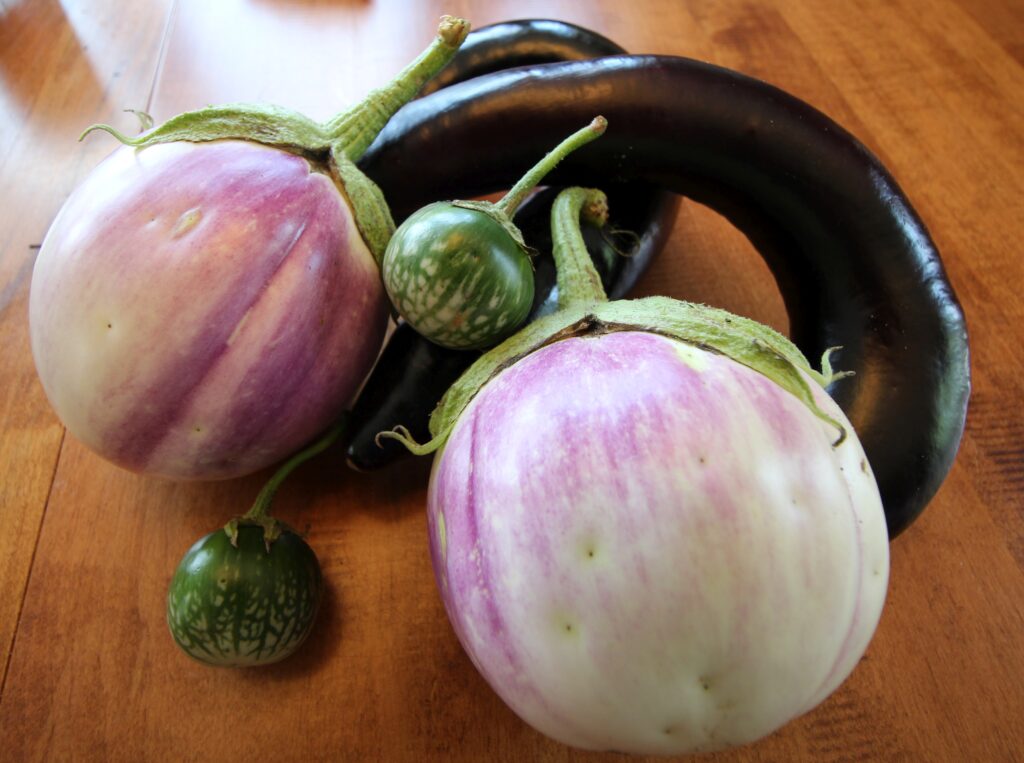
Many diverse varieties of eggplant are available to the home gardener: big and round Rosa Bianca, green Thai, and long Japanese eggplants were all easy and high yielding in my garden.
Depending on how much eggplant you eat, growing your own would save a lot of money. Eggplant seed is inexpensive in general. Hybrid Japanese eggplant seed or hybrid globe eggplant seed is around $0.05 – $0.07 per seed but both types are over $3 per eggplant in stores. One plant produces many eggplants over two months and there are many ways to preserve them.
Eggplants are started indoors before the last frost, then transplanted in the garden. Aside from keeping them watered while the plants are establishing and keeping Colorado potato beetles from eating the leaves, these plants do their own thing. In a few months, a steady stream of eggplant is harvestable from the plants.
Leeks

This leek is fully grown and waiting for harvest. Only the ground freezing will stop you!
Leeks last in our gardens until December and beyond in mild years, often the ground freezing is what stops the harvest. They are easy to grow, requiring the same care that transplants need for a few weeks. If leek moths are a problem in your area, you will need to use a row cover. Other than that, they require little effort once the transplants are established.
While a less common vegetable to grow, a row of leeks will provide you with months of eating for a much lower cost than buying them in the store. For the same cost as one leek in stores (currently $1.65), you could buy 50 leek seeds! Scallions or green onions have similar savings and are similar to grow to leeks. Leeks can save you money, space, and time. Why not add a little row to your garden?
You may be wondering about other alliums, such as onions and garlic. From a practical view, these are both inexpensive, although you can grow interesting varieties that enrich your pleasure and you should grow these for other, noneconomical reasons.
Chard
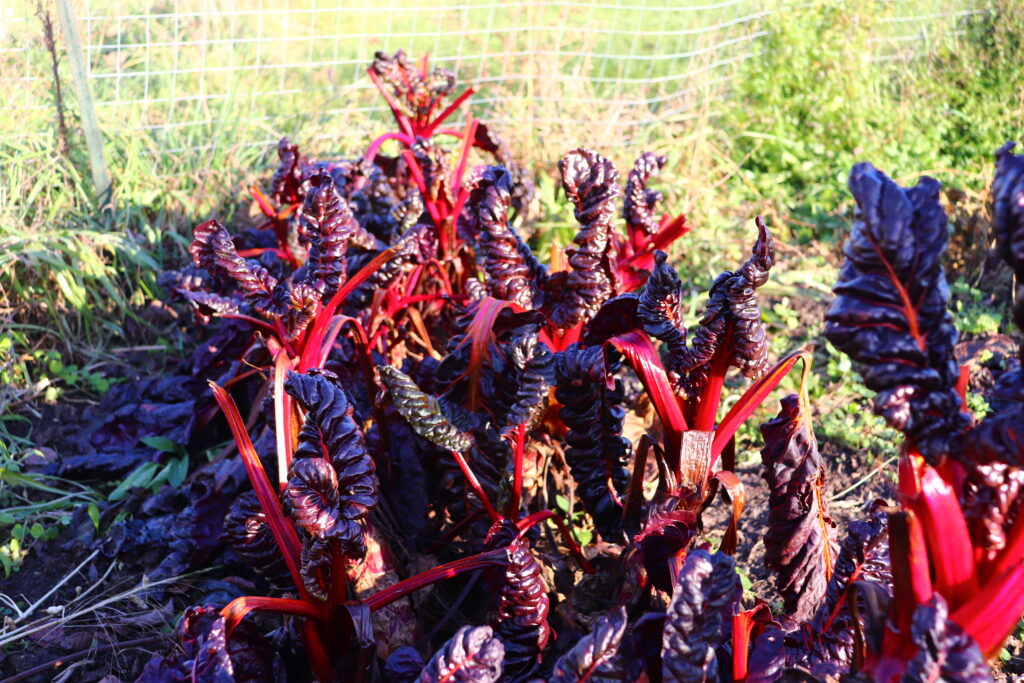
Swiss chard in the November garden after several months of harvest.
Chard, or swiss chard, is the same species as a beet. You can grow beets for their greens, but since humans developed chard was developed over hundreds of years to pump out a continual supply of succulent leaves, it is a better choice if you like greens. This vegetable is among the easiest to grow. Plant chard in early to mid-May directly in the garden. Since this is a wetter time of year, the plants germinate and establish worry-free. Start harvesting the leaves at the baby stage, within a few weeks of germination. Harvest leaves in a cut-and-come-again fashion. A short row of chard is enough to feed many people from June until December. When the temperatures drop below -2 C, a light row cover will keep the stems healthy to prolong the harvest.
Save big on green with greens
For the cost of a one-pound bunch of chard ($4), you could buy 1000 seeds. One plant would likely produce a pound of leaves throughout the season. Realistically, I eat at chard several times a week all year round and it all comes from about 25 plants. Other greens, like kale, bok choy, mustard greens have a similar story of economy and save you money, space, and time. Try a new variety in your next garden. There are so many to choose from.
Not economical
Probably won’t save money, space, or time in the garden:
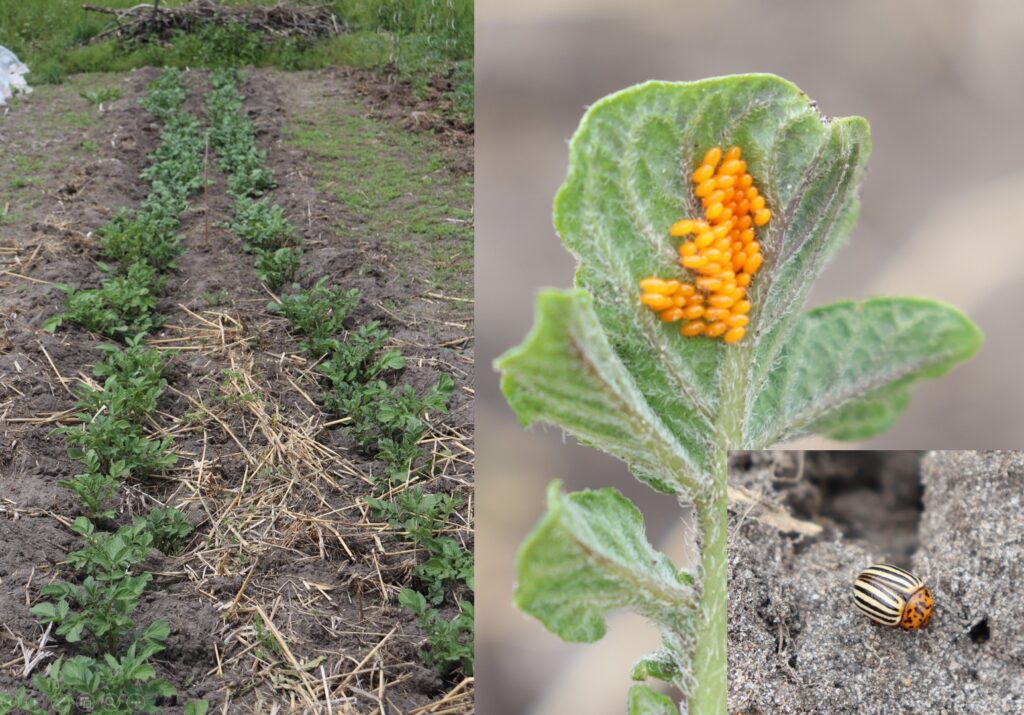
This potato patch produced 200 lbs of potatoes at harvest, but I spent many hours crushing Colorado potato beetle eggs and adults.
Underground vegetables seem to be so inexpensive that it is difficult to make the case to grow them if you are being practical. Perhaps we don’t recognize their value as a society: potatoes, turnips, rutabagas, carrots, parsnips. Additionally, these crops may suffer from insect and fungal pests in your garden that limit their yield or use your time to control:
Potatoes: Colorado potato beetles, early and late blight
Carrots and parsnips: carrot rust fly, carrot maggot, aster yellows
If you eat a lot of the above, then you will use a lot of space to meet your needs. These vegetables have the unfortunate commonality that when you harvest the vegetable, you kill the plant (compare to tomatoes, eggplant, chard, and herbs above).
In addition, some garden plants are just big vines by nature:
Squash, melons: downy and powdery mildew, bacterial wilt.
Manual methods of insect control are also time-consuming. I think I spend several hours a week in my potato patch hilling, watering, picking Colorado potato beetles off, and weeding, and for what? Mashed potatoes? Some of us are less practical than you.
With their cost being low and work effort being higher, these vegetables won’t save you money, space, or time in your garden. But still, grow them for other reasons!
Summary
As you wade through the seed catalogues and plan your vegetable garden this winter, consider these economical vegetables in your garden. They will make the most of your precious time, limited space, and money.
References
Grocery store prices came from a nationwide store with stores in London. Seed prices came from a seed company for gardeners from Ontario that sells nationwide. Prices are accurate as of November 2021.


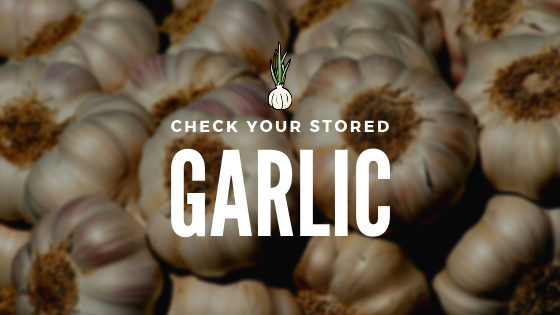
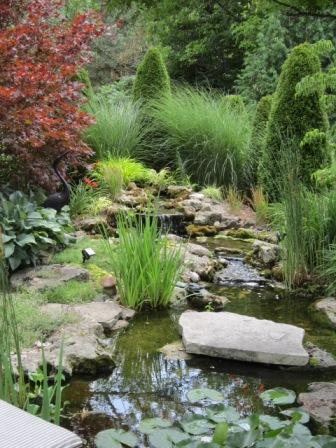
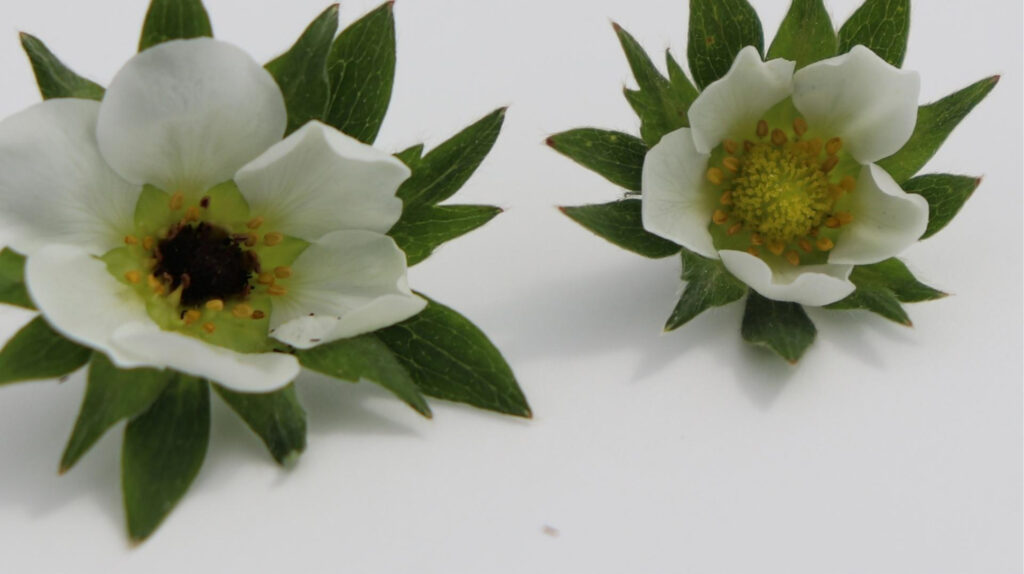
About The Author: Amy Turnbull
Scientist, researcher and professor at Fanshawe College. Avid grower of edibles in her home garden.
More posts by Amy Turnbull